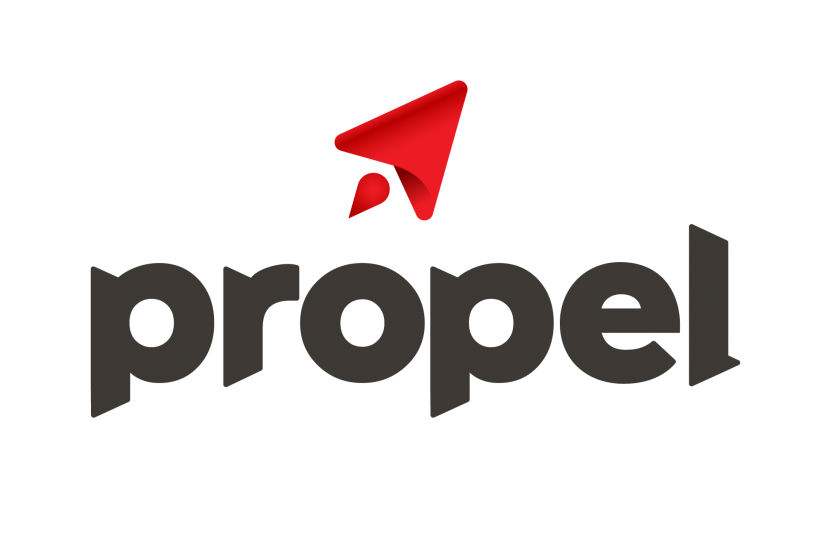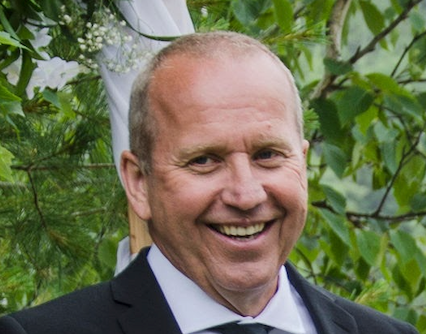Innovasea, the Halifax- and Boston-based company that monitors conditions in aquaculture pens, is rolling out a full suite of monitoring equipment at an aquaculture site in Placentia Bay, Newfoundland and Labrador, as part of a $27 million Ocean Supercluster consortium.
The Supercluster initiative, dubbed the Integrated Operations and Real-Time Analytics Project, was announced a year ago. The project is led by Grieg Seafood Newfoundland, and the Placentia Bay installation is at Grieg’s Red Island farm site. Also participating are St. John's-based SubC Imaging, Norway's AKVA Group and Dartmouth's HiTech Communications, a technology service company.
Innovasea Vice President of Product Development Tim Stone said in an interview that the Supercluster research has included a system for actively intervening in conditions in aquaculture pens, whereas existing systems focus only on monitoring. That ability supports one of the project’s main goals, which was to help fish farmers control conditions in pens in difficult-to-access locations.
“We’ve been monitoring for the last five years some of the conditions in these cages, but we … couldn’t do much about them,” said Stone. “What we developed this year as part of the Supercluster is the ability to actually inject oxygen in to help the conditions.
“So you can actually do it using software. You don’t have to have someone walking around turning taps on.”
Founded in 2014, Innovasea sells quality control equipment for fish farming, consulting services and technology for monitoring aquaculture infrastructure.
The company has about 270 employees, including between 130 and 140 in Halifax, with about 40 people working on the aquaculture technology. That team includes eight to 10 people who were hired directly because of the Supercluster project.
Grieg Seafood will use Innovasea’s system to monitor conditions in its 10 Red Island pens in preparation for filling them with about 3 million salmon later in the year. The data Grieg gathers will include the water’s dissolved oxygen content, its salinity and turbidity, and the concentration of substances such as chlorophyll and blue-green algae.
The new installation will use Innovasea’s already-developed aquaMeasure sensors and aquaHub cloud uplink system, which relies on cellular networks.
Stone said that, although the new Supercluster technology is not fully commercialized, early feedback from the handful of prototype systems it has already installed has been positive.
“Customers really believe it's right for the market,” he said. “If we were building them in volume, we'd be selling them in volume.”
The next step for Innovasea, according to Stone, is to pursue “CE” status for its technology — a self-certification that stands for “Conformité Européenne” and means an electronic device complies with the relevant European Union health and safety standards. The EU is the world’s fifth-largest seafood producer, accounting for about 3.3 percent of global fisheries and aquaculture production.










